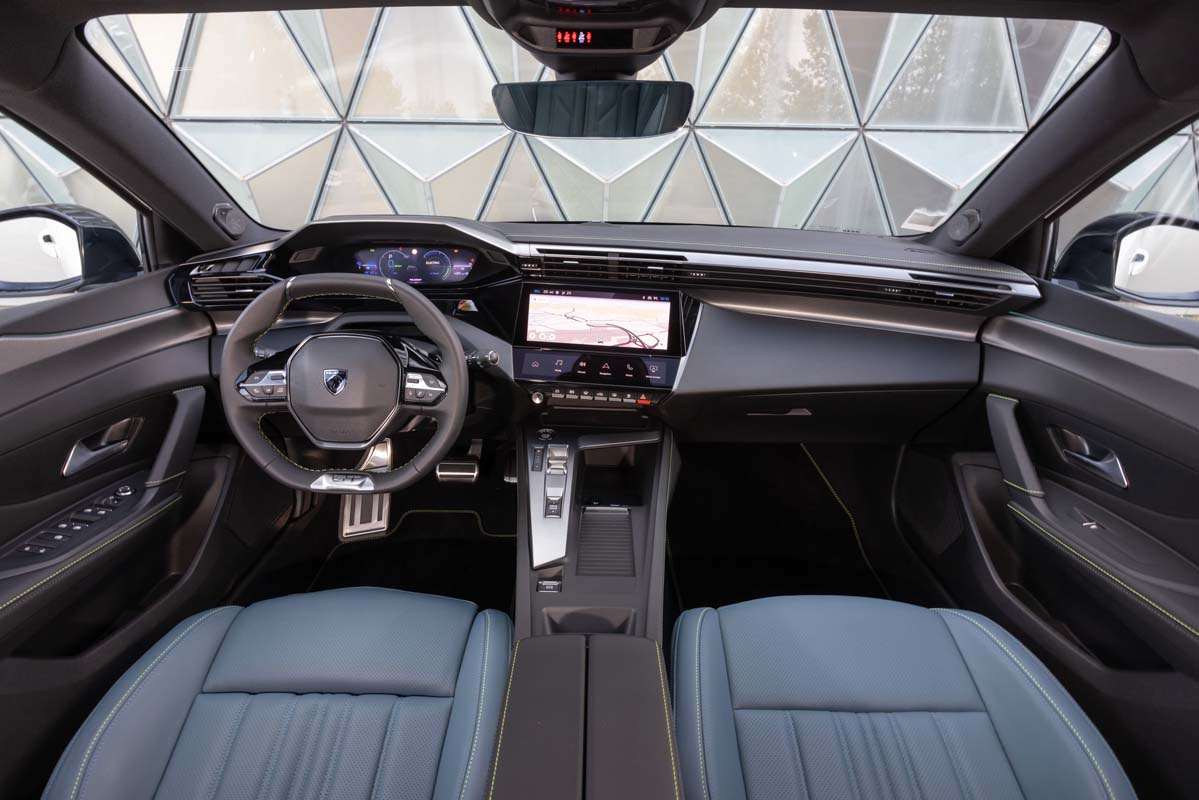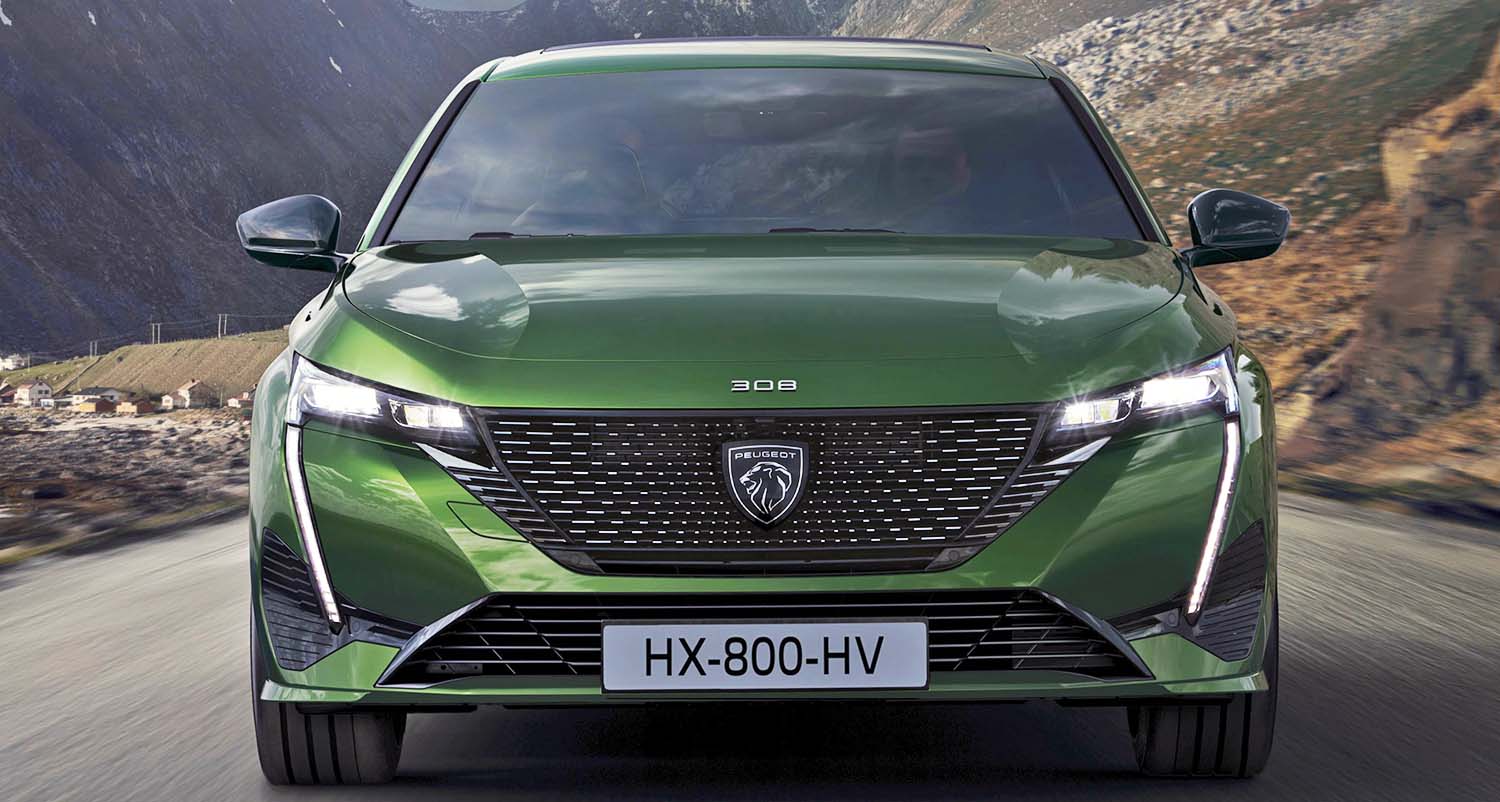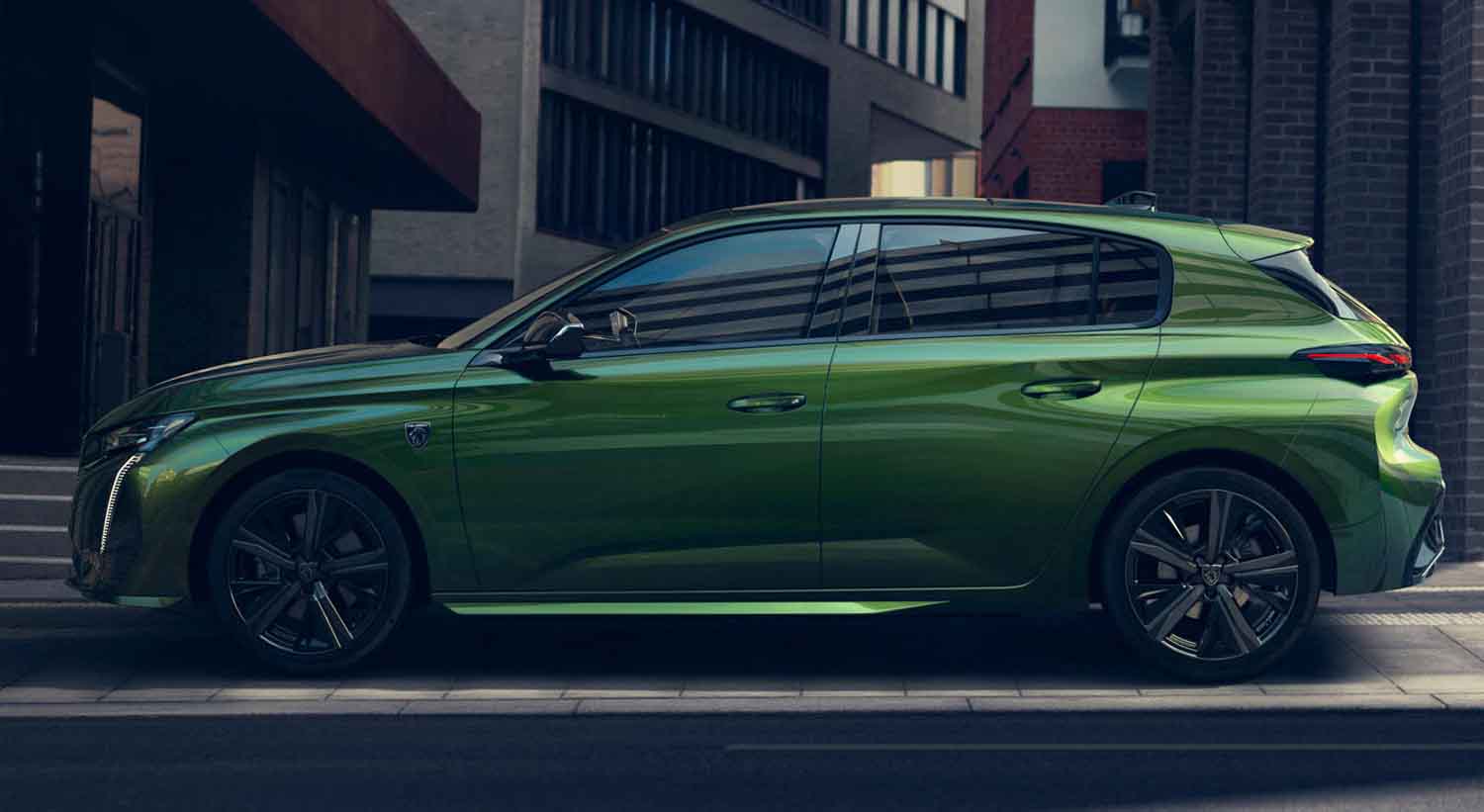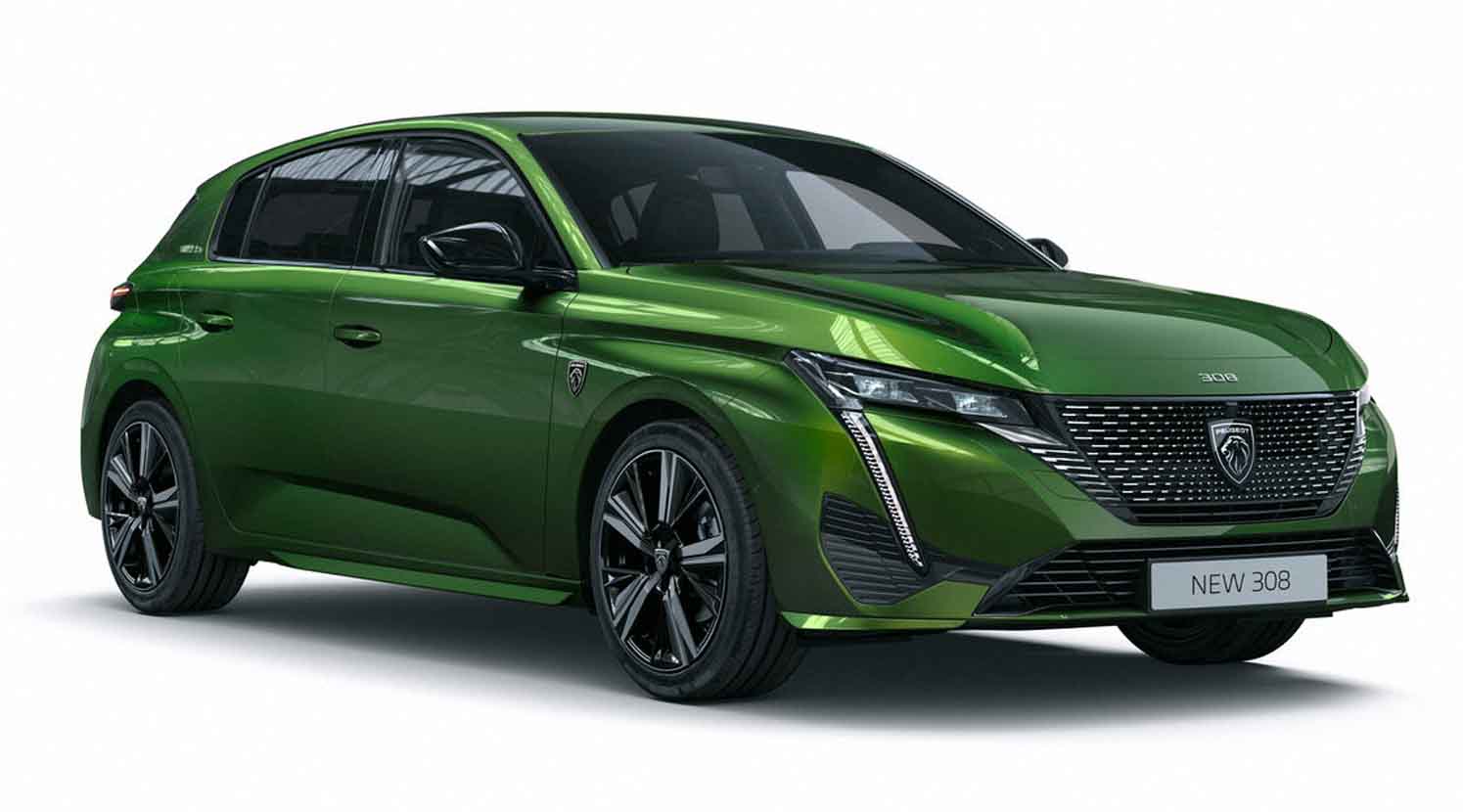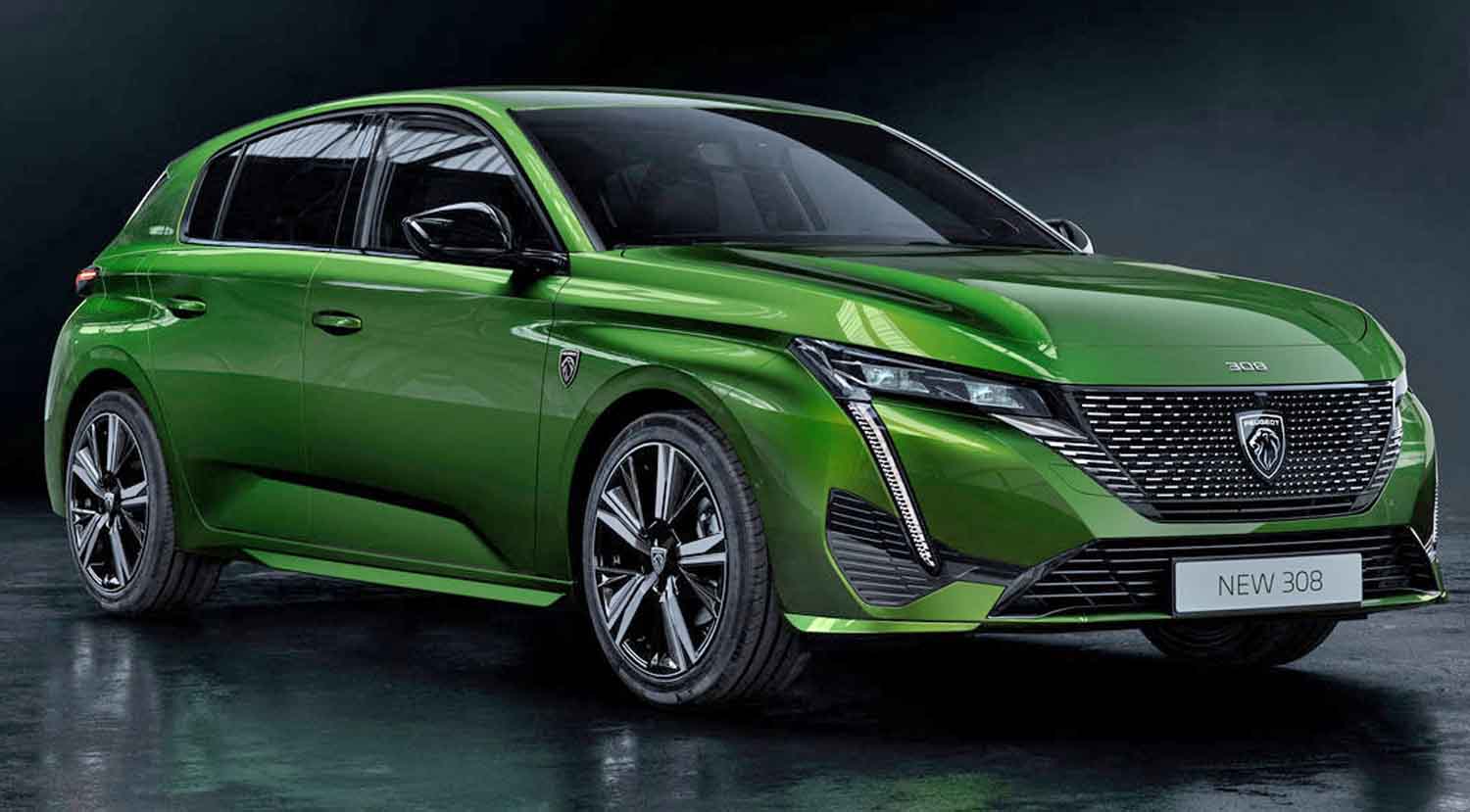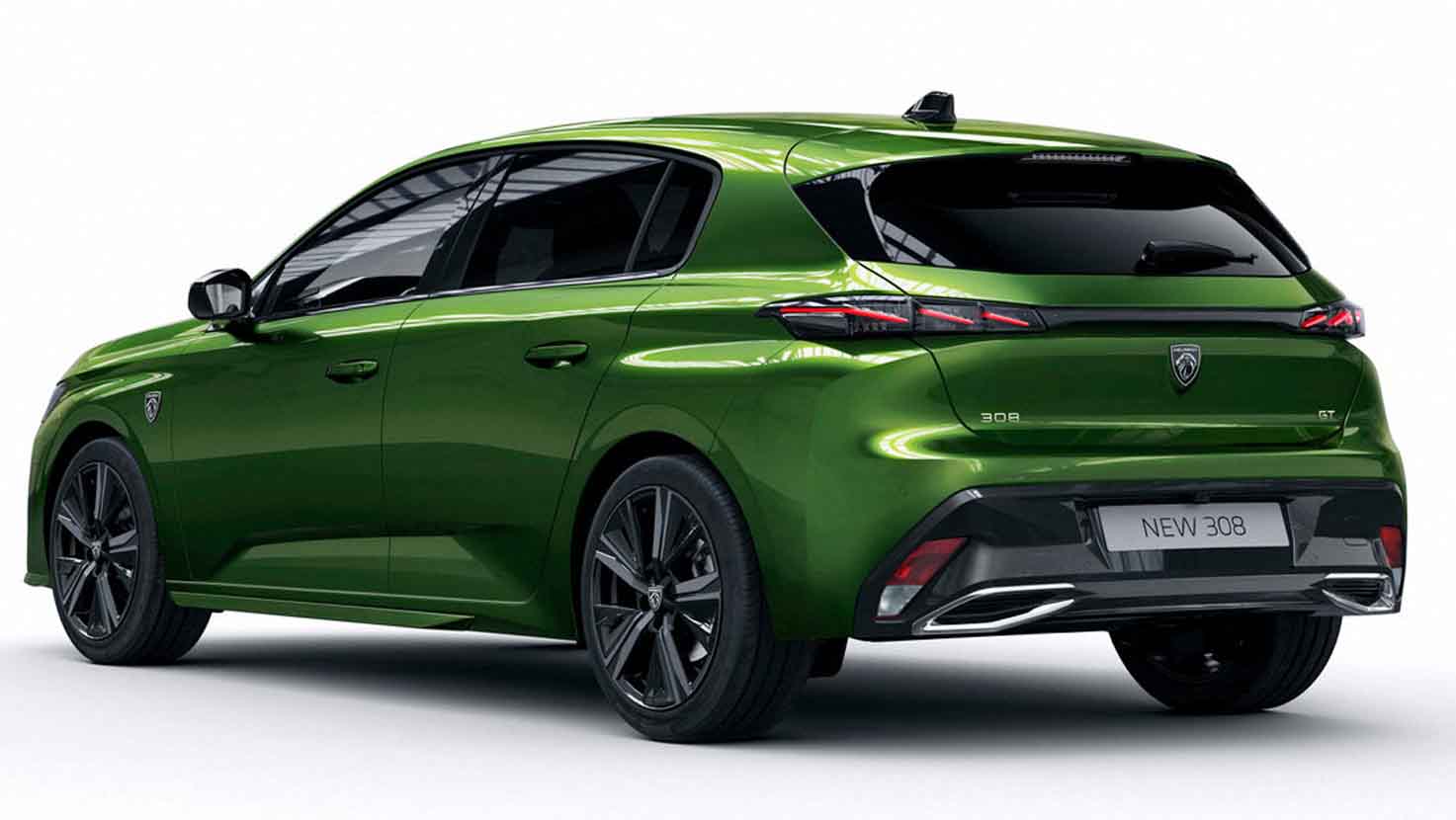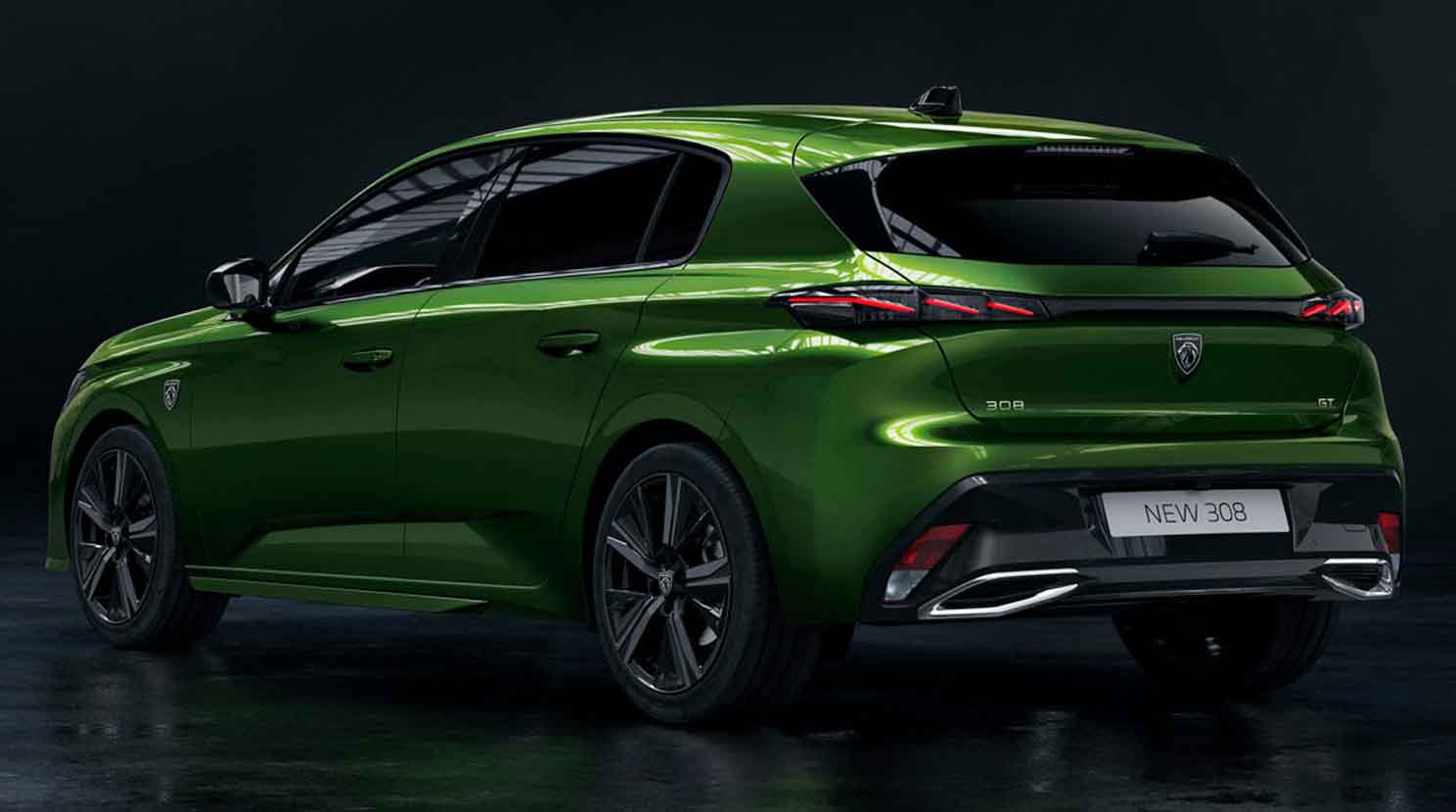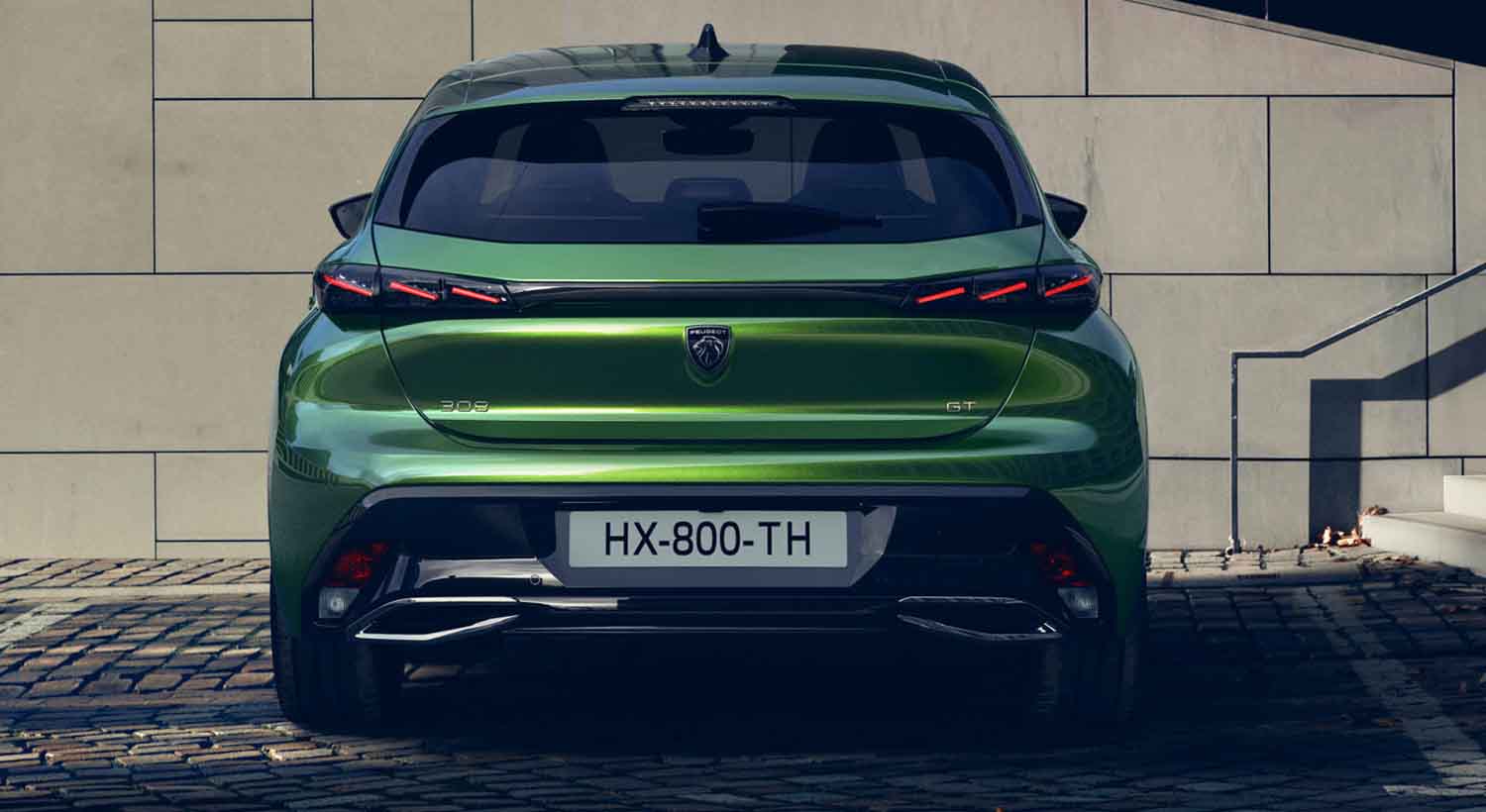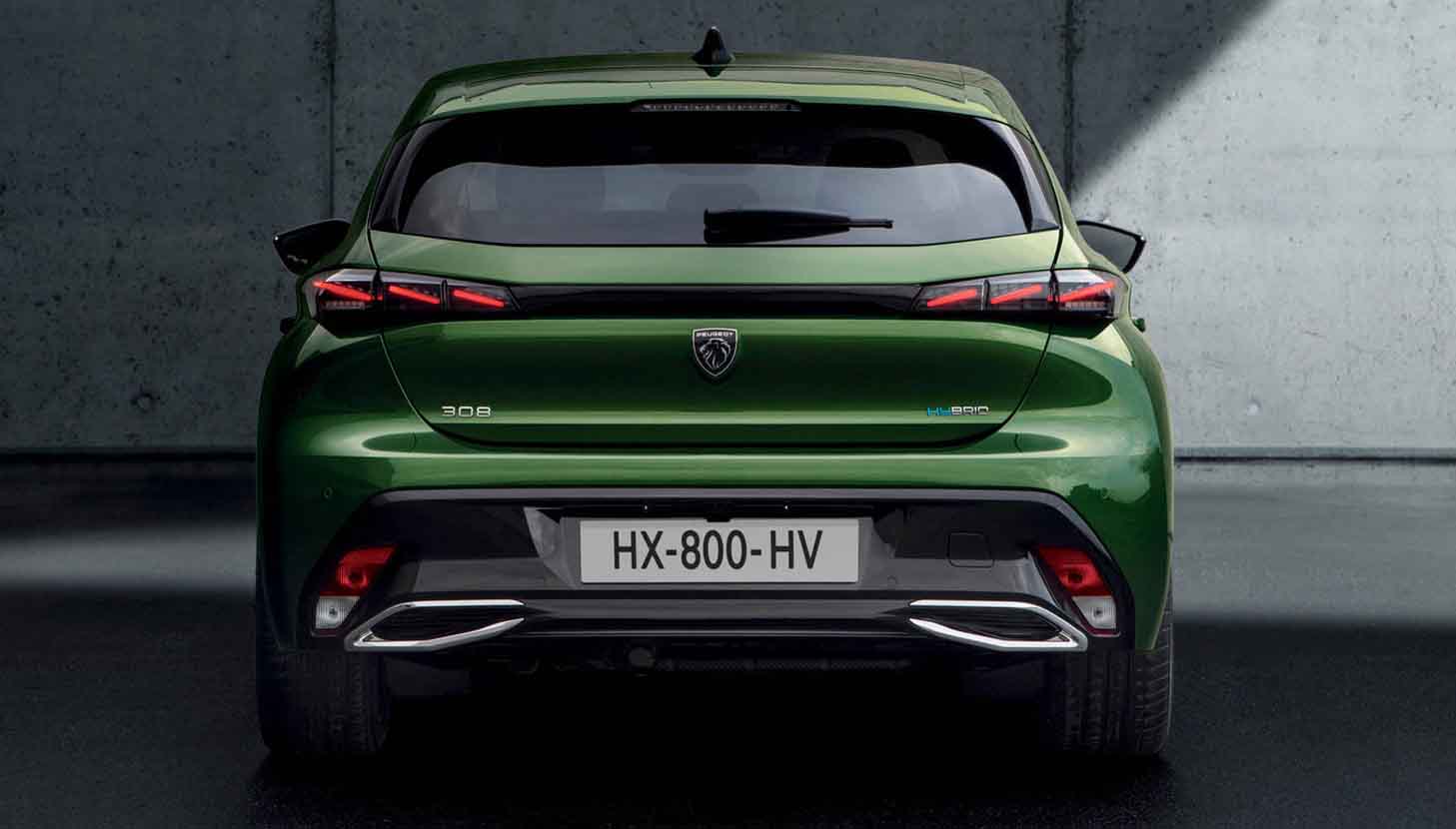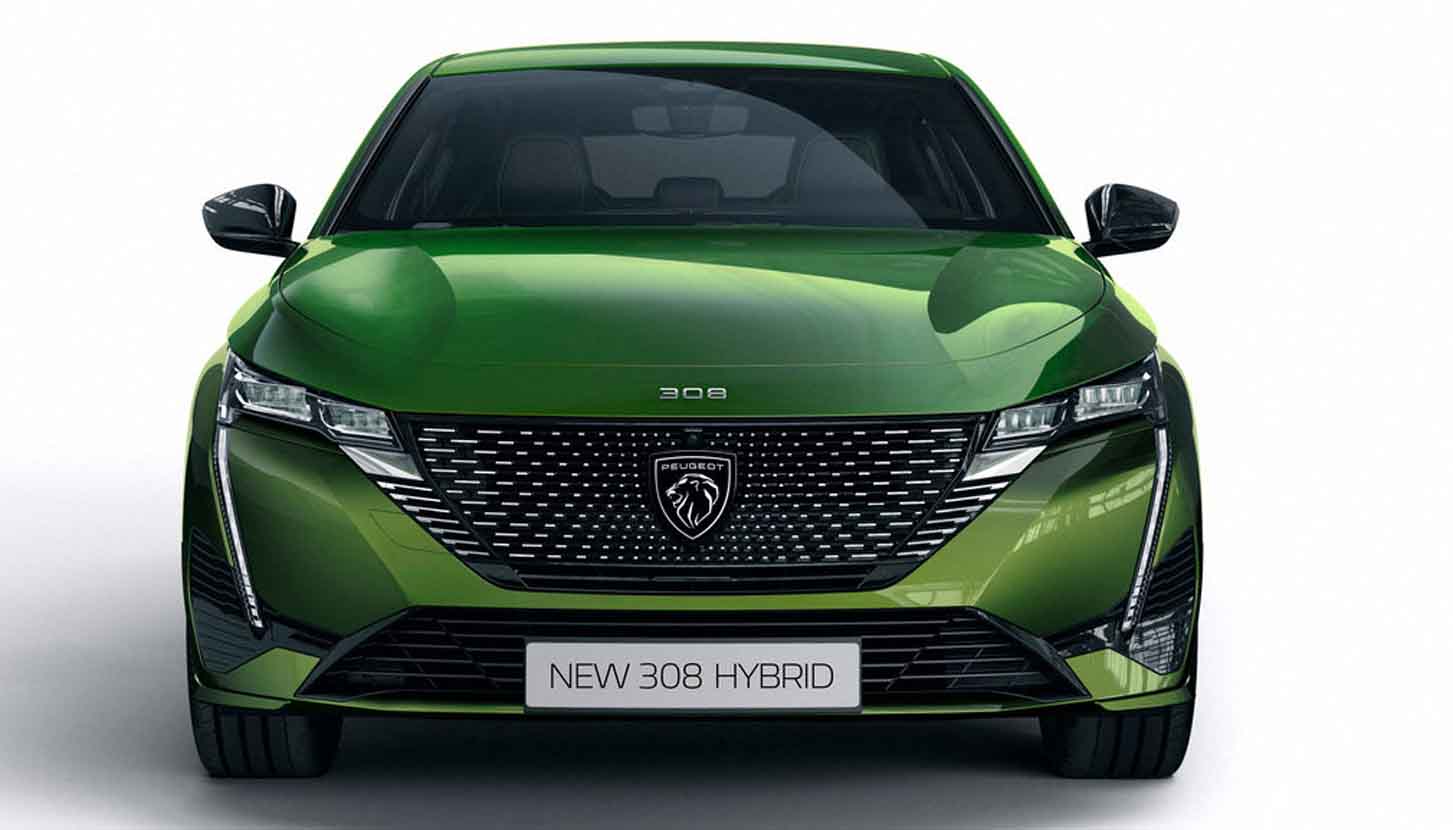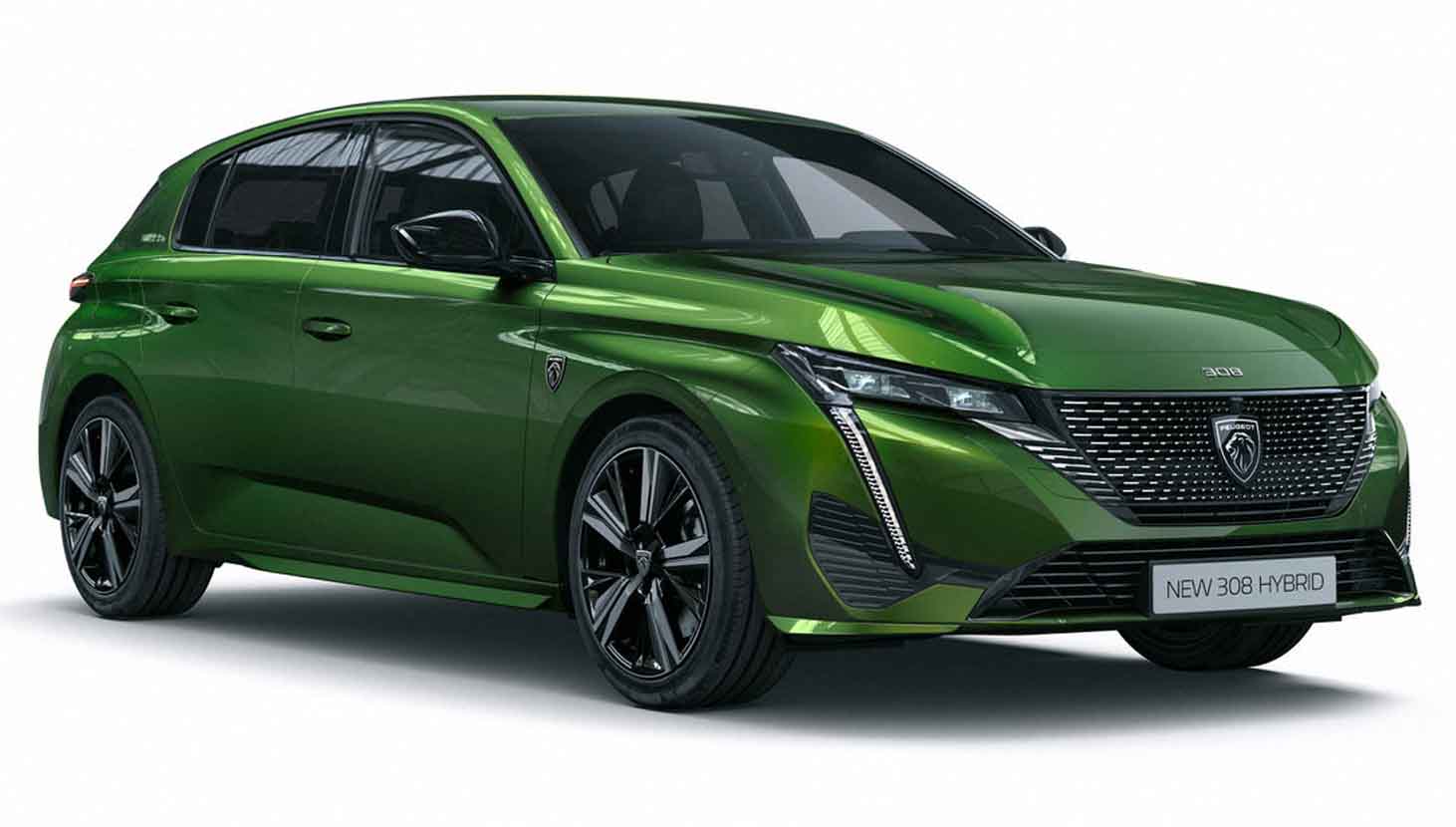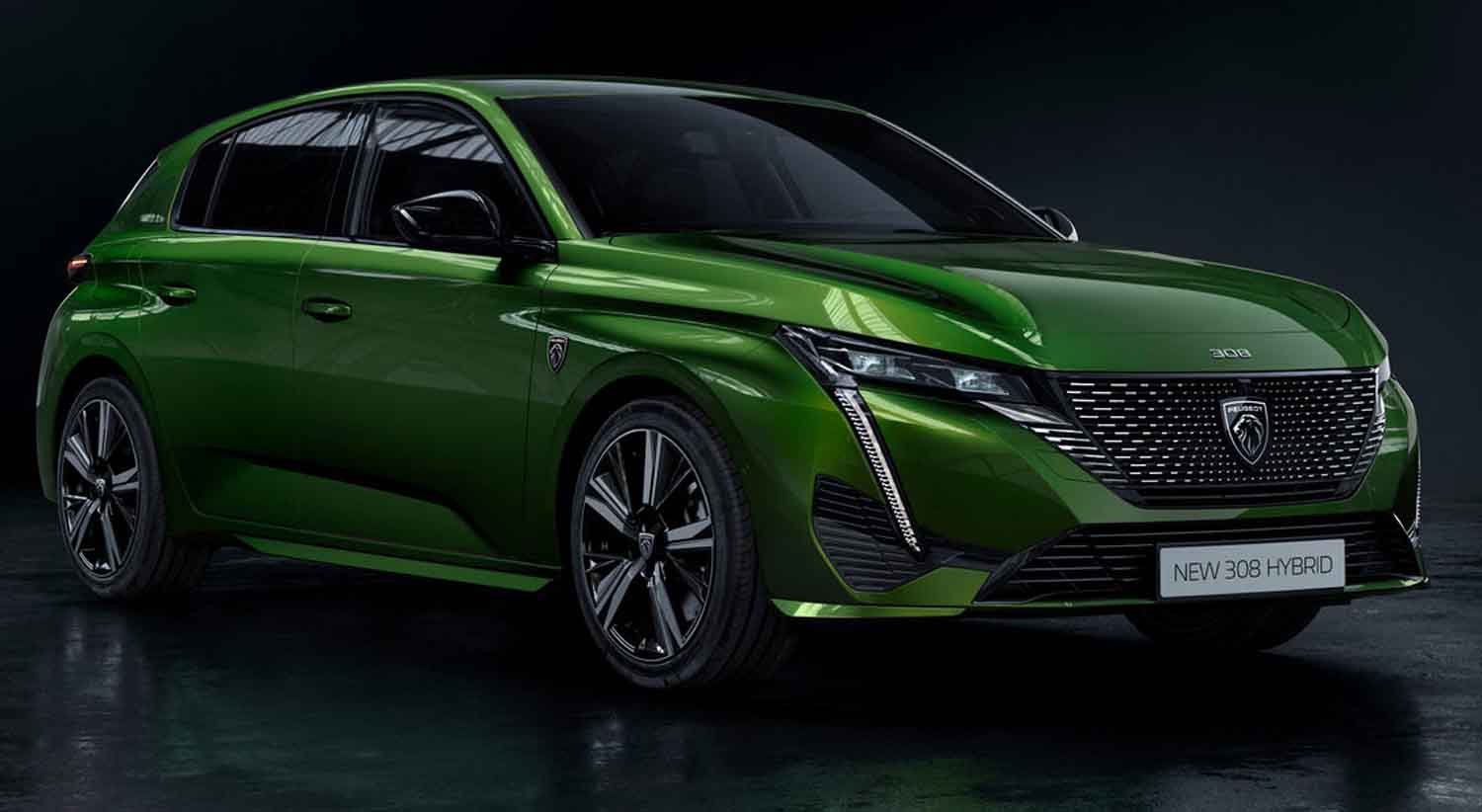
A new coat of arms with a lion’s head: the new PEUGEOT 308’s grille emblem is the crossover between the latest technologies and the inspiration of the Brand’s designers. It not only defines the appearance of the latest PEUGEOT model; it also conceals the radar that feeds information to the processors in its arsenal of driving aids. The secret? The PEUGEOT coat of arms has a thin layer of indium, a rare superconducting metal that does not interfere with the radar waves, and has a chromium-plated appearance as well as high resistance to corrosion.
The new PEUGEOT 308 is the first vehicle in the range to feature the lion’s head coat of arms, unveiled in February 2021, in its own dedicated grille. This new generation emblem is highlighted by the design and pattern of the grille, characterised by different chrome elements which converge towards its centre. The grille and coat of arms combination defines a new face, while affirming the personality and character of the 308 and, in general, expressing the brand’s strategy of moving upmarket.
The number plate has been moved to the lower part of the front bumper in order to showcase the design in all its glory, and the driving assistance radar disappears behind the coat of arms so as not to disturb the aesthetics of the grille.
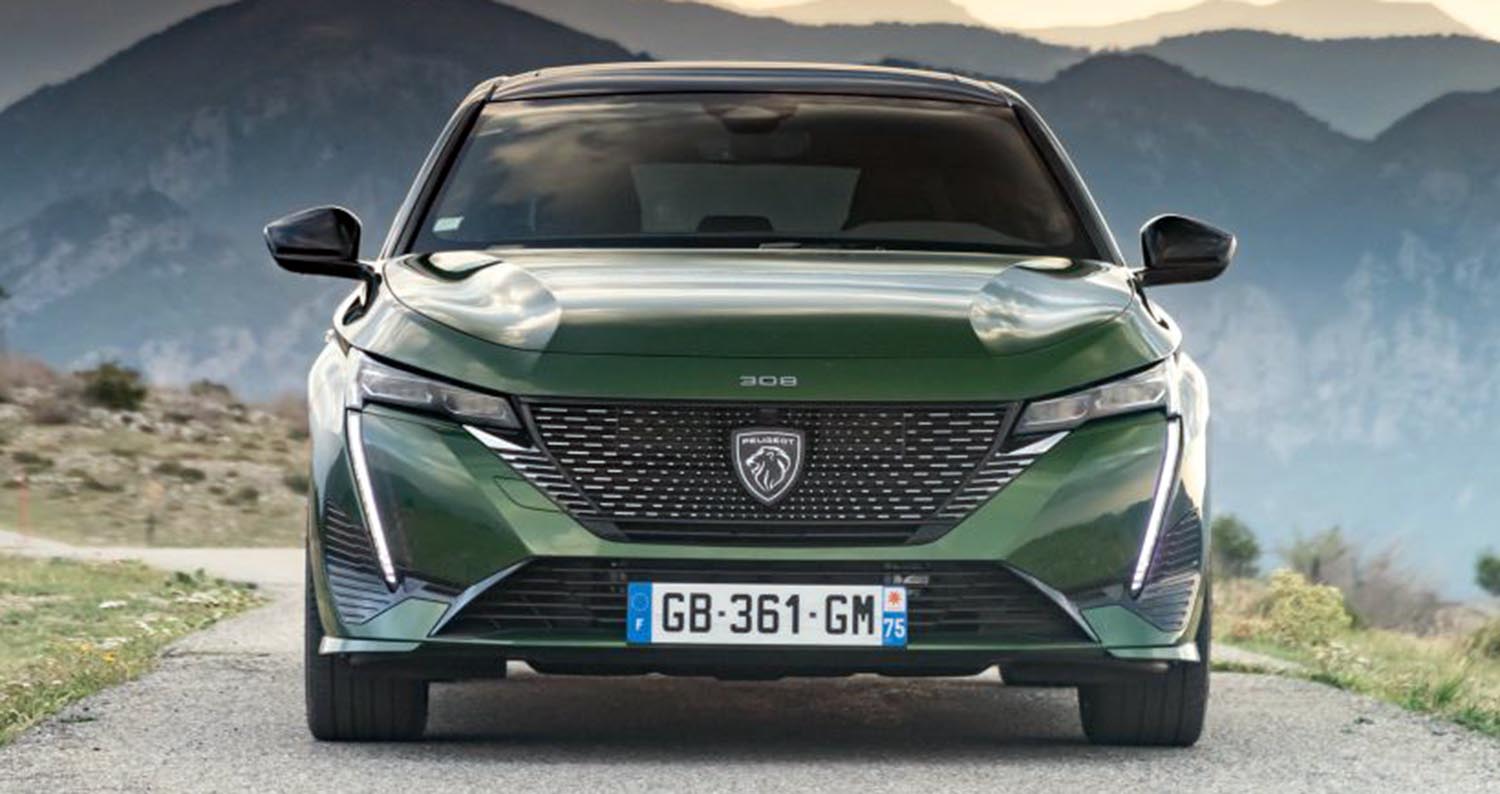
DESIGNING THE NEW 308’S EMBLEM
On the new 308, the new PEUGEOT emblem comes in two versions, identical in appearance but technically different. One is found on the Active Pack versions and the other, innovative, is specific to the Allure and GT versions equipped with the driving assistance radar.
For the driving aids to work perfectly, the waves emitted by the radar must not be disturbed. The design of the coat of arms in front of the radar has therefore been entirely rethought by PEUGEOT engineers, taking into account two constraints:
- The thickness of the surface must be constant
- The components must not contain any metal particles
The new coat of arms is manufactures in several stages:
- A smooth front panel of constant thickness in injected polycarbonate is produced first.
- A rear panel is then produced in indium. This rare alloy is used specifically for the version of the emblem on the models equipped with radar, because it is the only material that meets the technical and visual needs: It has a natural chrome appearance and properties that do not interfere with the radar waves.
- Laser scraping operation: To make the lion of the new PEUGEOT logo appear, the indium surface is laser-scraped to reveal the lion through the polycarbonate.
- Black paint: This is applied to the back of the coat of arms and forms the background of the logo.
- A protective varnish is applied on the front surface: in order to protect from external elements (shocks, sun, temperature changes…), a protective varnish is applied to the front surface of the coat of arms.
- Attachment: The emblem is then glued to a technical attachment part, which is then attached and screwed to the grille.
This manufacturing process is a first for the PEUGEOT brand.
WHAT DRIVING AIDS ARE HIDDEN BEHIND THIS NEW EMBLEM?
The radar is protected by the new PEUGEOT emblem and provides access to the latest generation of driving assistance systems:
- Adaptive cruise control with Stop and Go function – combined with the EAT8 automatic gearbox – with adjustable inter-vehicle distance setting,
- Adaptive Cruise Control with 30 km/h function – combined with the manual gearbox – with adjustable inter-vehicle distance setting,
- Automatic emergency braking, which detects pedestrians and cyclists by day and night from 7 km/h to 140 km/h depending on the version, and alerts the driver in the event of a collision.
In 2022, this radar will also be used for the new Drive Assist 2.0 package, which takes another step towards semi-autonomous driving. On versions with EAT8 automatic transmission, it combines adaptive cruise control with Stop and Go function with lane keeping assist. In addition, this new version of Drive Assist adds two new functions available on dual carriageways:
- Semi-automatic lane change: from 70 km/h to 180 km/h, it offers the driver the possibility of overtaking the vehicle in front of him/her, and then offers to turn back.
- Anticipated speed recommendation: the system suggests that the driver adapt his speed (acceleration or deceleration) according to the speed limit signs.

